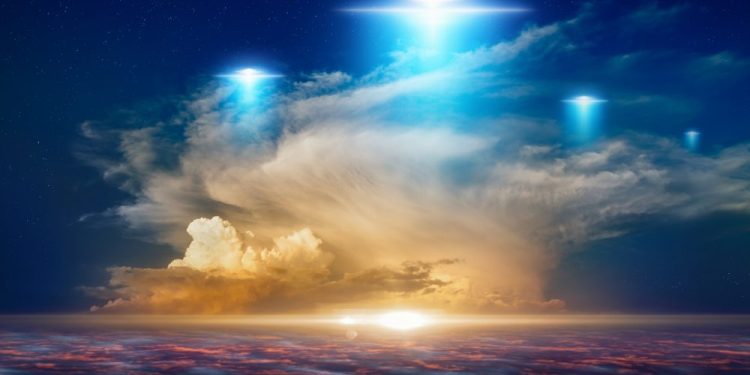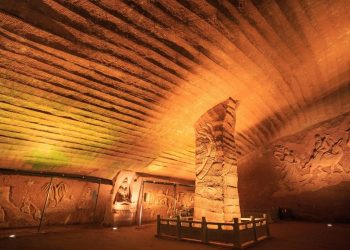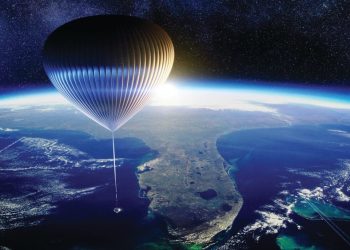Looking at the night sky, we cannot help but wonder whether there is life elsewhere in the cosmos. There likely is. I firmly believe so. Not just because of a hunch but because the universe is such a freakishly large place. It is truly huge. Observatories like James Webb are helping us learn more about how the cosmos works and our place within it. But this article isn’t about James Webb. It is about alien life and another interesting article published by Professor Avi Loeb. The study has yet to be peer-reviewed.
Recently, Professor Loeb and his colleague from Harvard, Carson Ezell, published a study. In this study, they looked at how many objects similar to Oumuamua could be in and near our solar system. The result? 4,000,000,000,000,000,000 (or four quintillions). Professor Loeb proposed years ago that interstellar object ‘Oumuamua was likely evidence of alien contact. According to the Harvard professor, ‘Oumuamua could be artificially made and may have been a spacecraft sent out by an alien civilization to explore the cosmos. Each of these objects has been proposed as a visitor from another star system, and each of these objects is, possibly, artificially created.
Big numbers
4 quintillions might seem like a lot. But our solar system is a pretty massive place. Moreover, the distance from our star system to Proxima Centauri, our nearest neighbor, is even bigger. We live in a solar system that is more than 9 billion miles across. To reach Proxima Centauri, it’s another 20 trillion miles. What does this mean? Any of those four quintillion possible interstellar objects could be extremely difficult to find for further study. We should note that Loeb is not claiming our Milky Way is crowded with quintillions of alien craft. In the end, he never explicitly stated that ‘Oumuamua was a robotic probe or crewed vessel-just that it should be considered an option. And this was based on a number of things, mostly the odd shape of ‘Oumaumua and its movement as it moved farther away from the Sun.
Therefore, Loeb and Ezell’s calculations don’t represent the population of alien craft. They calculate the number of alien craft or other artificial objects that might exist. ET rocket parts left over from an earlier mission. Fragments of alien technology we do not understand. Based on Loeb and Ezell, the math is simple. “One can use recent rates of detection of interstellar objects and known capabilities to estimate the density of similar objects in the solar neighborhood,” the researchers wrote, as per the Daily Beast. The researchers started by looking at all the objects outside the solar system that have been detected by astronomers.
Even bigger numbers
As a result, these objects may have come from an alien civilization just beyond the scope of our telescopes and probes. And while the number calculated by the two researchers seems freakishly large, it is actually the lowest number they’ve come up with. Their calculations resulted in two numbers. We have discovered four interstellar objects in eight years. By their calculation, the solar system could contain up to 40 decillion interstellar objects, including those beyond our instruments’ reach. The number drops to 4 quintillions when focusing only on the “habitable zone” near the Sun, which is potentially exciting because, if some are aliens, they would be easier to detect.
Have something to add? Visit Curiosmos on Facebook. Join the discussion in our mobile Telegram group.











